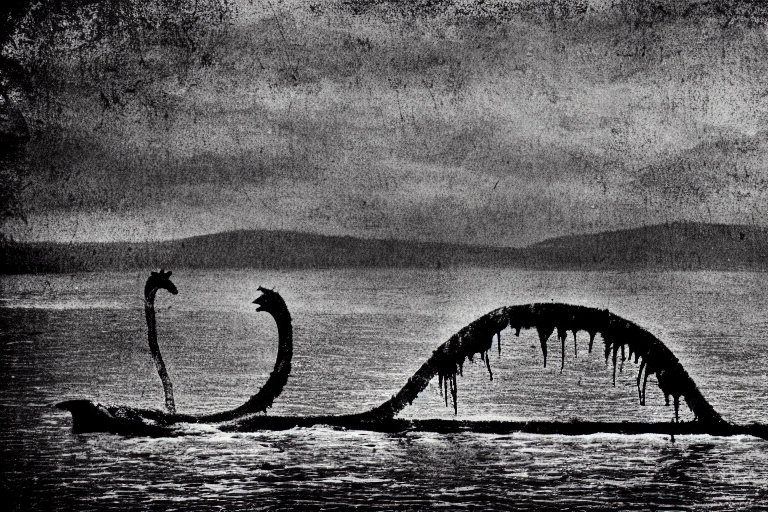
FAIRMONT, W.Va. — Far from the city lights that shimmer about its mouth at the Golden Triangle at Pittsburgh, the Monongahela River rises more than 200 miles away in some of the most remote reaches in the Appalachian Mountains.
Many of its tributaries descend from forests so old and large that only the most intrepid hunters have visited them, so it's hardly surprising that the river has inspired more than its fair share of lore—including monster lore.
Historian Glenn Lough, of Fairmont, West Virginia, once postulated that indigenous peoples first invented tales of monsters that lurked in the Monongahela to frighten Europeans away from their camps, and settlers recycled these tales to impress new residents.
They were later taken up by the thousands of immigrants who arrived in the valley to work at mines and factories along the river in places like Fairmont and Morgantown.
In his 1969 history of Marion County, titled "Now and Long Ago," Lough wrote of the lore of one such river monster, the Ogua, which he didn't accept as fact.
"The Ogua... was altogether a mythical beast, used first by the Indians as a threat against all white people, then used later by the white people, especially the Indian traders, soldiers, and early visitors in the western wilderness, to impress the folks back home—easterners who were ever anxious to believe any wild tale concerning things, people, and events that had to do with the land of deepest mysteries—the Monongahela-Ohio Country."
The tale of the Ogua has never quite died away and has since been joined by the tale of Monongy and the more recently "discovered" Riversville River Monster.
The Ogua
The tale of the Ogua continues to be one of the most firmly established and long-lived Monongahela legends. Lough cited an account of the "uncommon animal" described in the late 1700s by a youth stationed at Fort Harmer, at present-day Marietta, Ohio, in a letter to his parents in Connecticut.
According to Lough, the manuscript is preserved on microfilm in the Draper collection at West Virginia University Library, series JJ., v. 2-4.
"There is an animal in this country that excites the admiration of all who have had an opportunity to view it. Being amphibious, it resides in the water during the daytime, but at night, it repairs to the land in quest of its prey, which are deer. They lie in the deer paths undiscovered behind an old stump until the deer, unaware of its enemy, passes over him.
"This creature immediately seizes him and, entangling him in its tail, which is fifteen feet in length, and notwithstanding all the deer's exertions to free himself, draws him to the water, where he drowns and then devours him.
"One of our men lately discovered one early in the morning with his prey, of which he informed some of the company who were nigh. They soon came up with him and killed him with clubs, but the deer was dead. It weighed 444 pounds.
"They live in a large muddy bank where we can find no bottom. It has two heads, in shape resembling a turtle, and by the Indians, is called Agua or Agou."
The Monongy
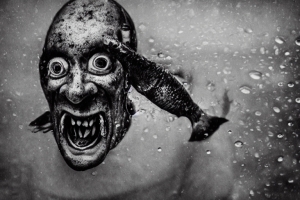
According to some sources, the Monongy has been lurking in the river since the French and Indian War. Then, it was postulated to be half man and half fish.
Bill Eggert in the Johnstown Tribune-Democrat in 2015 wrote in an article that records from the period chronicle skirmishes between British soldiers and "bizarre creatures from the river." Local tribes had named the creature Monongy after the river, he said.
"There was a rash of sightings of the Monongy beginning in the early 1930s and lasting through the end of the 1950s," Eggart writes.
"Sightings were reported weekly, and the Pittsburgh police department responded by creating a task force to deal with the aquatic creature."
Eggart alleges that in 2003, photos of Monongy taken from a fishing boat appeared online but were mysteriously removed. Then, in about 2010, a "Search for Monongy" swim race was established in Pittsburgh. Some who have since looked for corroborating accounts speculate that the tale was entirely invented for the event and that no previous legend existed.
The Rivesville River Monster
In 1983, coal miner John Edward White was fishing for channel catfish on the Monongahela at Rivesville, downstream of Fairmont, when he observed what he described as a large fin and serpentine tail moving toward him through the water.
Later that year, the Fairmont Times-West Virginian reported that other fishers described the same kind of monster near Rivesville, an hour and a half drive south of Pittsburgh.
In her article "The Monsters of Marion County," published by the Marion County Convention and Visitors Bureau, Rachel Ellis wrote that "some gave a description that sounded like Ogua, including the reddish-brown color and the razor-sharp teeth, while others thought this creature must be unique to Rivesville."
Her article also includes a selection of monsters believed by some to haunt the hills of Marion County near Fairmont, where the West Fork River and Tygart Valley River join to form the Monongahela. Ellis also includes links to several good restaurants and boat rental services along the way to assist monster hunters.
An expert in the lore of the Monongahela, Les O'Dell, publisher of West Virginia Cryptids and Strange Encounters, says the Monongahela is an increasingly popular destination for monster hunters.
"The area is renowned for its strange history—Bigfoot sightings, giant skeletons found in the 1800s, and even a strange plant-like creature aptly named Vegetable Man, sighted in the woods near Rivesville in 1968," O'Dell said.
"So it's only fitting that the Monongahela River is said to hold such a creature as the Ogua. Who knows what could lie in its depths?"
Sign up for a FREE copy of West Virginia Explorer Magazine in your weekly email. Sign me up!





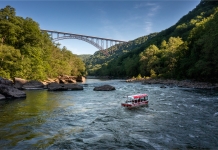
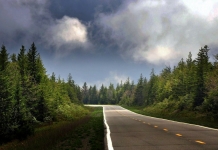
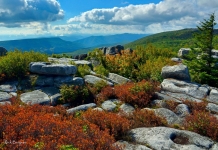
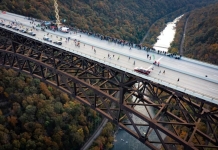


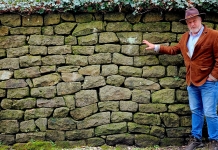
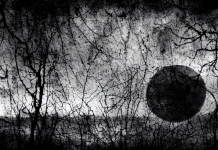

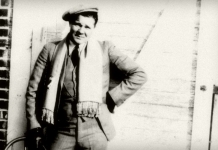
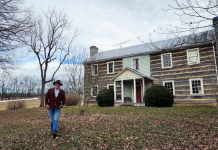
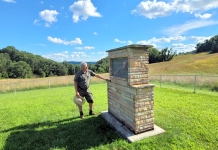








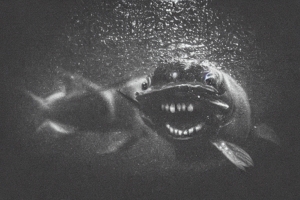
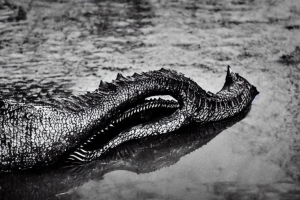




Facebook Comments